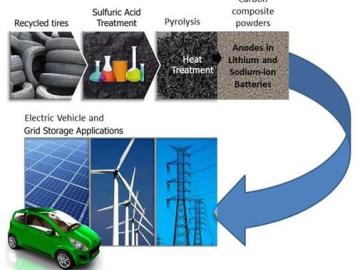Filter News
Area of Research
News Type
News Topics
Media Contacts
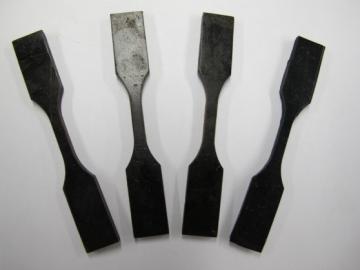
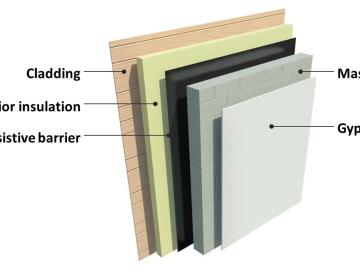
Oak Ridge National Laboratory will lead the 13th international conference on Thermal Performance of the Exterior Envelopes of Whole Buildings XIII on December 5-8 in Clearwater, Florida, an event that attracts building envelope experts from around the world to share state-of-the-art research and technology applications. One topic of interest will be a mold growth index model workshop, explaining the model’s development and application and providing examples of how MGI usage could vary depending on building materials.

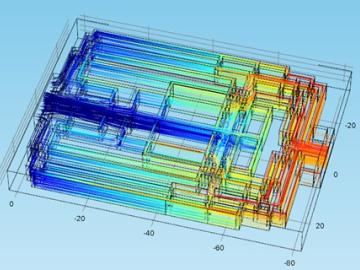
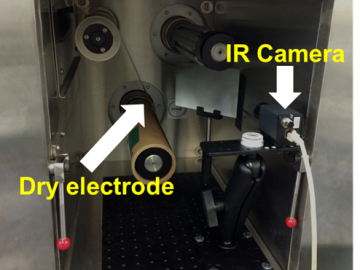
Production run spot checks of materials for lithium-ion batteries and fuel cells could be a thing of the past because of a process developed at Oak Ridge National Laboratory. The infrared/thermal nondestructive evaluation technique invented by a team led by David Wood examines key parameters such as porosity and thickness of the coating in real time without destroying product.
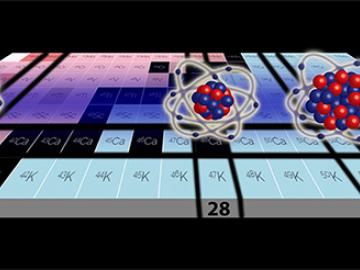
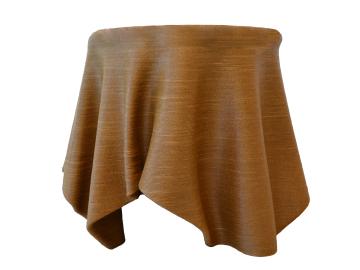

Drivers of Formula E cars may soon no longer have to change cars midway through the race, thanks to a battery coating technology developed by XALT Energy of Michigan and Oak Ridge National Laboratory. By depositing a nanoscale layer of alumina on oxide cathodes, researchers have incre...
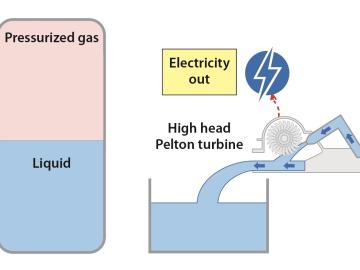
The gap between electricity generation and use could be narrowed with an Oak Ridge National Laboratory system that extracts energy from thin air. Actually, Ground-Level Integrated Diverse Energy Storage, or GLIDES, stores electricity mechanically in the form of compressed gas that disp...
